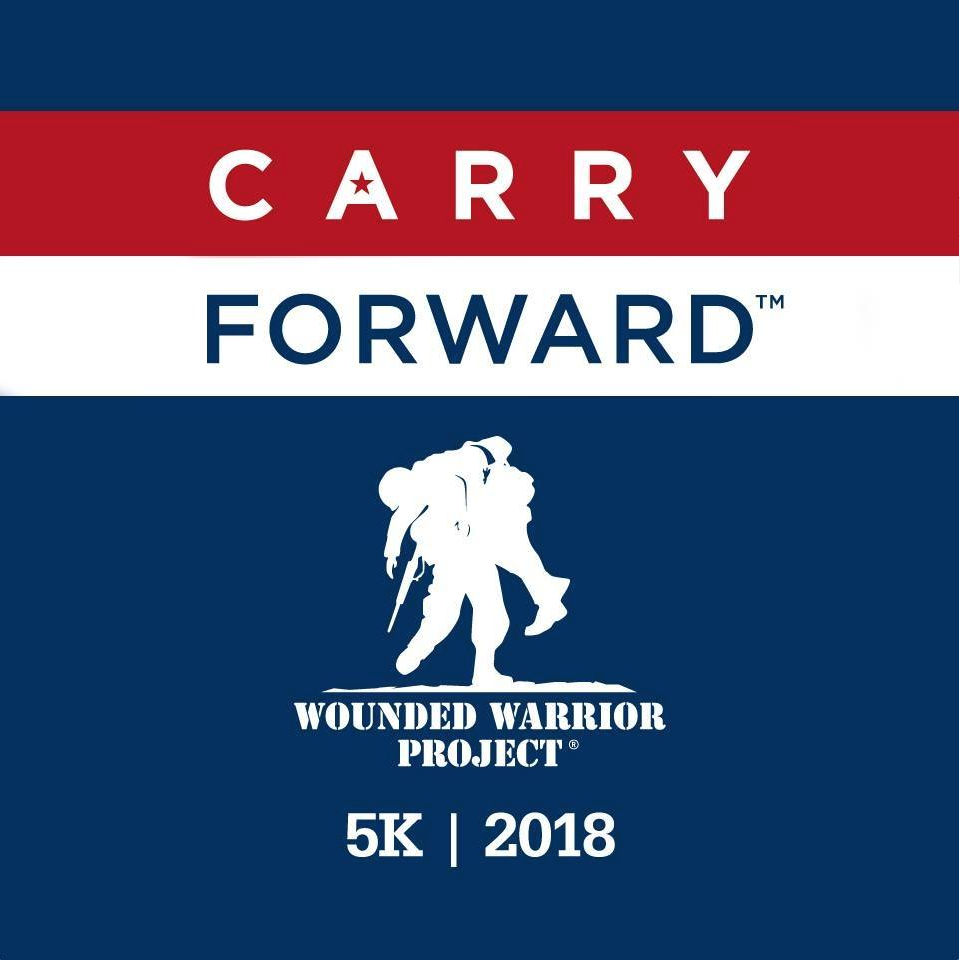In our strategy work, we help clients determine which aspects of the past to amplify toward the future, which risks to take and which to mitigate, and – most importantly – how much baggage to unpack and leave behind. Creating safe spaces for and facilitating dialogue around these meaty questions is one of my favorite aspects of Meridian, our strategic planning retreat. In many ways, we’re asking teams to practice Marie Kondo’s method of gathering together their collective belongings and keeping only the things that spark joy. In doing so, we’ve learned that one of the most challenging items for our clients to identify, assess and organize isn’t so much an item as a person – the organization’s founder.
Nonprofit founders are anything but a dime a dozen – we’ve worked with organizations whose first leaders were politicians, academics, doctors, and parents. Some founders retain only local celebrity; others are recognizable on a global stage, even decades after their passing. Regardless of name recognition or whether they are alive today, all founders’ presences loom large within the minds, hearts and cultures of their organizations. In many cases, that presence is synonymous with the “past” (in whatever form that takes), which means that a founder might be a buoy or an anchor for the organization. In all cases, we treat conversations about founders with sensitivity and care.
We recently worked with a client whose founder was a national icon – a fearless visionary and an incredible fundraiser. Though he has passed on, he is loved by several staff members, the board and many donors. His presence is palpable, and his absence is notable. We could not move the organization forward without discussing his impact on the culture, financials and strategy. And that’s what we did. It wasn’t easy or comfortable at times, but it was massively important.
Here are the learnings and insights that resulted from our time with a courageous, authentic and forward-looking group of leaders – which I’ll call “What to do when your Founder’s legacy is too big to fail.”
- Poke at the pedestal. No matter the fame, age or wealth of a Founder, they occupy a permanent place on a pedestal within their organization. The pedestal may be tall or short, made of gold or matches, out in the open or admired closely by a few. Like all great elephants in the room, one thing is for certain: the pedestal is obvious. Notice it (collectively). Validate it (honestly). Critique it (respectfully). Poke at it (gently). Reshape it (retaining its substance, not necessarily its form).
- Acknowledge the fear. Like a younger sibling entering high school behind their popular, Dean’s List older sister, leaders that step into a founder’s shadow are afraid: of letting down their peers, stepping on toes, daring to be different and not living up to their predecessor(s). These fears are sometimes self-imposed and imaginary, other times externally generated and real – and acknowledging them is crucial. Otherwise, fear-based thinking takes over – which limits creativity, clarity, flexibility and innovation.
- First, light the torch. Then, recruit torch bearers. Founders are catalysts – but the flame that their passion ignites can’t burn without an ongoing fuel source. Many organizations use their founder’s fire for energy without tending it, and then are left without a heat source when the founder moves on. Know what your founder was great at (fundraising, partnerships, community building, creating alignment and consensus), and prepare in advance to fill in the gaps when they depart. Then, assign several people – not just one person or executive – to take those gaps on, realizing that their perspective and approach will be different (than the way things used to be done), in an important way.
- Avoid triangulation. When founders depart, emotions, uncertainty and misalignment are likely outcomes, which may cause rifts within your office or organization. To avoid devolving into two camps (often “Team Founder” versus “Team Future”), create safe spaces for conversation and opinion sharing and encourage direct dialogue rather than “he said, she said” exchanges. Establish the expectation that, no matter the path ahead, the spirit of the Founder runs through the team and manifests in how you prepare for the road ahead, together. If things get tough, model a zero tolerance policy for gossip at every level of leadership and consider hiring outside support to facilitate open, honest conversation and decision making.
- Bring in fresh perspective. New thinking and insights can come from any place in your organization as well as in the people you serve. Look to different roles (e.g., volunteers, alumni, staff on your programs team), recipients of your services, and even partners who have haven’t been involved in higher-level, strategic conversations. Their lack of attachment to your history or past story, coupled with their worldview, creativity and passion for your organization, is a valuable asset to harness. Not only will you generate new insights, but you will also form meaningful relationships and cultivate connection between key stakeholders who have long, lived experience and the up-and-comers who will take the reins in the years to follow.
- Look to the future. Founders can be blind spots, preventing organizations from fully seeing and incorporating the innovations and changing dynamics in their industry. Try to view the future with the mindset of an entrepreneur or visionary (likely the same lens your founder viewed their world with). In our client’s case, the revolutionary and courageous spirit of their Founder invites them to make decisions fearlessly.
Remember, every founder is a celebrity to someone, which is why issues of leadership and legacy are some of the thorniest around. They require delicacy, trust and authenticity to navigate. We are grateful to our clients for trusting us to explore their past and future together during Meridian – and we are excited to see what the future holds for their work. No matter the outcome, we know that their founder would be proud.
To learn more about the experience of Meridian, our strategic planning retreat in Park City, Utah, click here.
Share this
You May Also Like
These Related Stories

Episode 7: Growing For Good

Episode 29: Purpose-Driven Strategy



Comments (1)